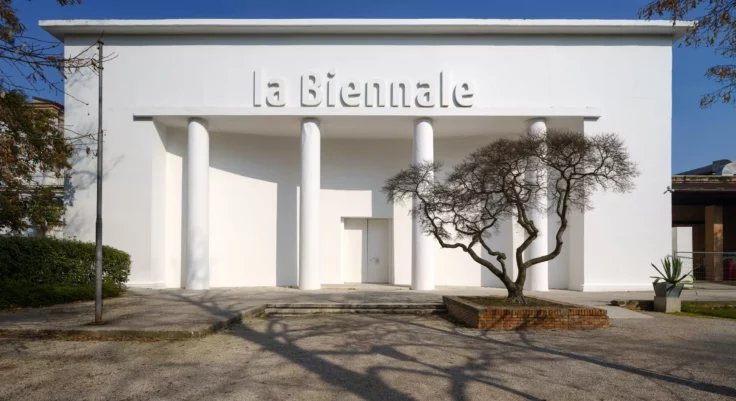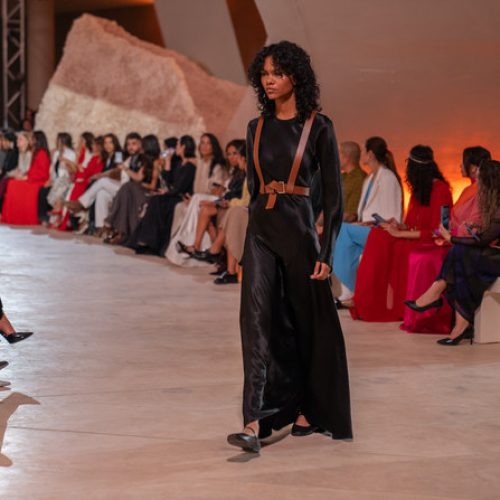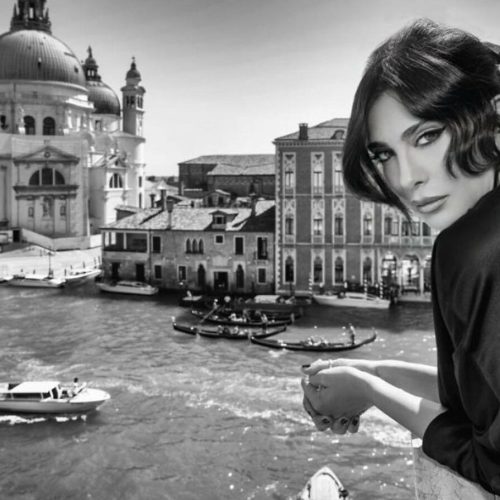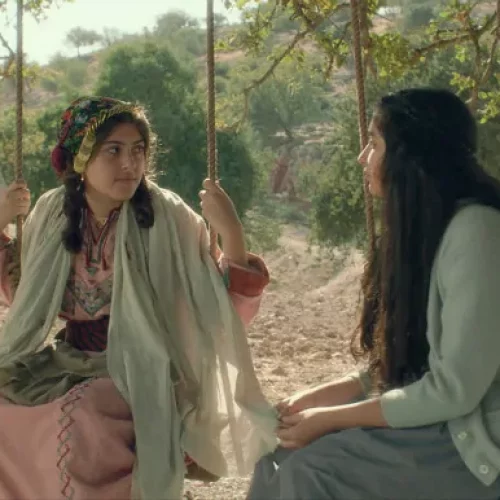The 60th edition of the Venice Art Biennale is set to get underway from April 20 to Nov. 24 in Italy’s picturesque town of Venice, inviting audiences to delve into seven-months of art and design under this year’s theme of “Stranieri Ovunque – Foreigners Everywhere.”
Among the 331 artists participating in the esteemed biennial, over 40 hail from the Arab world, representing all corners of the MENA region. Spanning two distinct sections, The Nucleo Contemporaneo and The Nucleo Storico, the Biennale provides a platform for both contemporary voices and historical giants across five Arab pavilions to showcase their latest work, including the UAE, Egypt, Lebanon, Saudi Arabia, and Oman.
These pavilions, comprising five solo exhibitions and one collective showcase, serve as microcosms of creative diversity, traversing mediums and styles with unparalleled finesse. From the conceptual realms of the UAE’s Abdullah Al Saadi to the immersive worlds crafted by Lebanon’s Mounira Al Solh, the pavilions promise a journey through the multifaceted landscapes of contemporary expression.
Al Saadi, a luminary in the Emirati art scene, unveils Sites of Memory, Sites of Amnesia, an eclectic exploration spanning painting, sculpture, performance, and more. Al Saadi’s oeuvre explores the symbiotic relationship between individuals and their surroundings, echoing the nuanced topographies of both nature and society.
Meanwhile, Egyptian artist Wael Shawky casts a cinematic spell with Drama 1882, a riveting rendition of Egypt’s nationalist fervor during the Urabi revolution against imperial influence, which took place from 1879 to 1882. Through meticulously crafted narratives, Shawky explores themes around religious artistic and national identity.
Elsewhere, Lebanon’s pavilion comes alive with Mounira Al Solh’s A Dance With Her Myth, a whimsical fusion of ancient lore and contemporary commentary. Through a melange of mediums from painting, drawing, and sculpture to embroidery and video, Al Solh navigates issues pertaining to politics, gender, and mythology, inviting audiences to partake in a thought-provoking dialogue.
Oman’s collective showcase, Malath-Haven, celebrates the transformative power of art, spotlighting the visionary works of Ali Al Jabri, Essa Al Mufarji, Sarah Al Olaqi, and Adham Al Farsi. Within this eclectic ensemble, marble sculptures, clay-based creations, and interactive installations converge to redefine the contours of Omani contemporary art.
Manal Al Dowayan’s Shifting Sands: A Battle Song marks Saudi Arabia’s fourth participation in the Venice Biennale, offering Saudi women a platform to assert their own voices with regards to how they’re portrayed in the media. Through multimedia expressions, Al Dowayan champions solidarity and autonomy, beckoning viewers to contemplate the ever-shifting sands of collective memory and identity. The multimedia installation has been informed by workshops held by the artist across Saudi Arabia in Al Khobar, Jeddah, and Riyadh, connecting with over 1,000 Saudi women.
As for Turkey, artist Gülsün Karamustafa is poised to take the helm of the Turkey Pavilion. Renowned for her profound introspection into her native country’s socio-political landscape and rich history, Karamustafa’s exhibition promises a captivating journey through multidimensional expressions. Spanning the spectrum of installation, assemblage, sculpture, painting, and video work, the exhibit invites viewers into a realm where history intertwines with the present.









